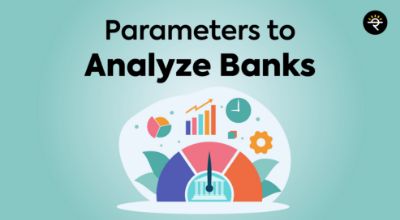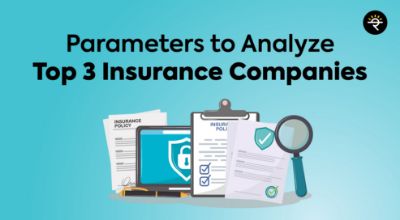Company Background:
- Reliance Retail Limited founded in 2006 is a subsidiary of Reliance Industries Limited.
- The fastest-growing retailer in the world.
- India’s largest cash and carry chain with 52 stores and more than 4 million registered B2B and B2C customers
- India’s largest consumer electronics retail chain with 8,249 stores
- India’s largest fashion destination with 777 stores of Reliance Trends
Business Segments:
As per above infographic Reliance Retail is majorly in the 5 segments:
1) Grocery
2) Connectivity
3) Fashion & Lifestyle
4) Consumer Electronics
5) Petro Retail

The relation between contribution and market growth of the business segments:
To analyze and estimate the future growth of the entity one should focus on major segments of the business of the entity. Not just segmentation, but how much individual segments are contributing to the entire revenue of the entity and the future prospects of those segments can be considered.
Along with economic conditions, one of the factors to be considered is the growth of the segment in the market and whether the contribution of the segments is in line with the expected growth of respective segments.
For Example – In case of Reliance Retail, Grocery segment of the entity contributes 21% of the total revenue of the entity and the market growth rate of the segment is around 48%, Connectivity segment is contributing around 34% of the total revenue and the segment is growing at 28%.
If one considers these facts for all the segments and relates to the current economic situations, the expected growth of the segments – strength and opportunities of the business can be estimated to a certain extent.
Due to the COVID-19 situation, the savings of the general public has gone down to a certain extent as well as other financial stress has affected which can have a good impact in short term over the fashion and lifestyle segment of the entity.
Conclusion:
Understanding of business segments and its relation with the economic conditions is one of the most important things for consideration while investment decision.


















 Conclusion:
Conclusion:
